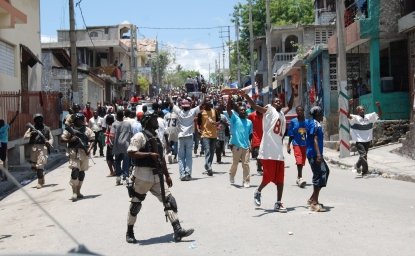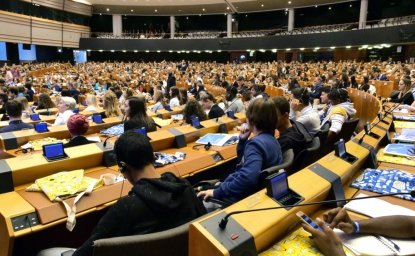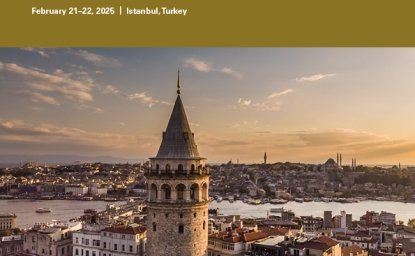[...]
When comparing the first seven months of the truce (March through September 2012) with the second seven months (October 2012 through April 2013), using the data available at the municipal level, the geographical trends in terms of homicide reduction change. In 30 percent of the municipalities, lethal homicides increased. As can be seen in the map above, the number of municipalities in which violent deaths have risen -- comparing these two, seven-month time periods -- now covers a larger part of El Salvador, especially in the west.
However, the total number of homicides has slightly decreased, from 1,243 in the first seven months of the truce to 1,210 in the second seven months. In other words: over the course of the truce, the reduction in homicides has been sustained, but the number of municipalities in which homicides have occurred has been rising.
[...]
This is an alarm bell, since the upward trend in homicides in these key municipalities could quickly push the national rate upward and put at risk the truce itself. As can be seen in the following table, the most notable increases were registered in Chalchuapa, Ilobasco, and Quezaltepeque.
One thing worth noting is that Quezaltepeque is among a group of municipalities that, since January 2013, have agreed to form part of the second phase of the gang truce, under an initiative known as "Violence Free Municipalities," which has focused on violence prevention and improved local government participation.
[...]
The full two-part article was published by InSight Crime. For the first part, click here. For the second part, click here.





